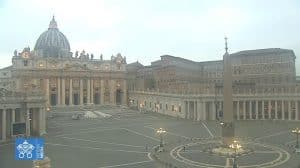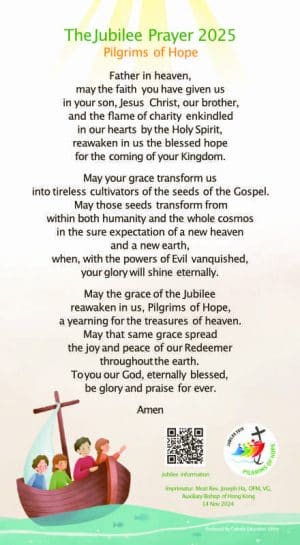Millions of Filipinos, many of them barefoot, walk the streets of Manila on January 9 each year to mark what is supposed to be the Feast of the Black Nazarene.
The “feast” is not, however, a feast. There is no Feast of the Black Nazarene in the Catholic Church calendar, and there is no Black Nazarene except in the Philippines.
What is being commemorated by the local Church is the traslación or solemn transfer of a dark-coloured, wooden sculpture of Jesus from the old walled city of Manila to a nearby church outside.
It was on 9 January 1607 when the image was transferred by the Augustinian Recollects from Intramuros to the parish of St. John the Baptist in Quiapo district.
The story goes that the image arrived in Manila with the Augustinians, but during the journey it turned black after it survived a fire that hit the Spanish galleon carrying it.
There were those who claimed that the image acquired its dark hue from the burning of candles being offered before it in past years.
Monsignor Sabino Vengco Jr., a professor at the Loyola School of Theology, said the statue was never white to begin with. He said the wood used for the sculpture had always been black.
“If people are not given the right stories and explanations, nature abhors vacuum,” he said in an interview, adding that people tend to come up with their own “speculative speculations.”
And the fire aboard the galleon? “That’s always a handy explanation, but there’s no truth to that,” said the priest. He said the “liturgical celebration” of the Black Nazarene should be during Lent.
As we celebrate the 500 years of Christianity in the Philippines. The Chaplaincy to Filipino Migrants organises an on-line talk every Tuesday at 9.00pm. You can join us at:
https://www.Facebook.com/CFM-Gifted-to-give-101039001847033
There are those who have accused devotees of bordering on idolatry and fanaticism in their display of piety. But who would argue with the throng of mostly male believers?
Wherever the people’s devotion came from, whether it’s liturgically sound or not, there is no stopping them from offering prayers and giving thanks to the suffering Jesus.
Through the years, many have attested, and believed wholeheartedly, to the miraculous power of the image of the Black Nazarene, from granting personal petitions to healing the sick.
There are those who have accused devotees of bordering on idolatry and fanaticism in their display of piety. But who would argue with the throng of mostly male believers?
Monsignor Vengco admitted that there is a need to educate the people but it requires “a lot of patience” because one cannot just command the faithful.
“You cannot judge other people as to what is in their hearts and in their minds. It is a matter between them and God,” said the priest.
When they raise their arms in the air and wave their towels during the procession, the faithful seem to actually forget about where they are or their status in life.
They turn into one body that moves and speaks in unison, crying out to God for help and thanksgiving for all that they had in the previous year and for all that they need in the coming days.
They fight their way to touch, if possible kiss, the image, walk on their knees to the altar, light candles, murmur prayers and try to catch the Holy Water sprinkled by the priest.
Under the heat of the noonday sun, sometimes under pouring rain, people just don’t stop trying to help bring back the image of the dark Nazarene back to the shelter of the Church.
It has become an outpouring of the people’s longing for something good, for justice maybe, for food on the table, for tuition for their children, more than anything else.
When people cry after touching the image or even when seeing it pass by, it is in thanksgiving that there is hope that despite all the difficulties, one can finally go near the Lord.
There may be fanatics in the crowd of devotees, or real devotees in the midst of fanatics, but the whole experience is a people’s expression of having an encounter with, or trying to encounter, the divine.
Joe Torres/UCAN








